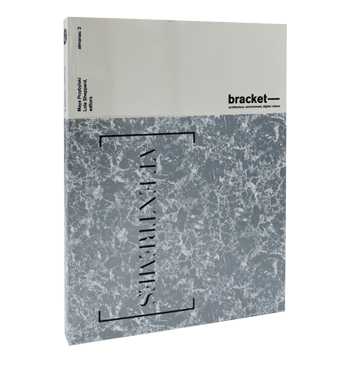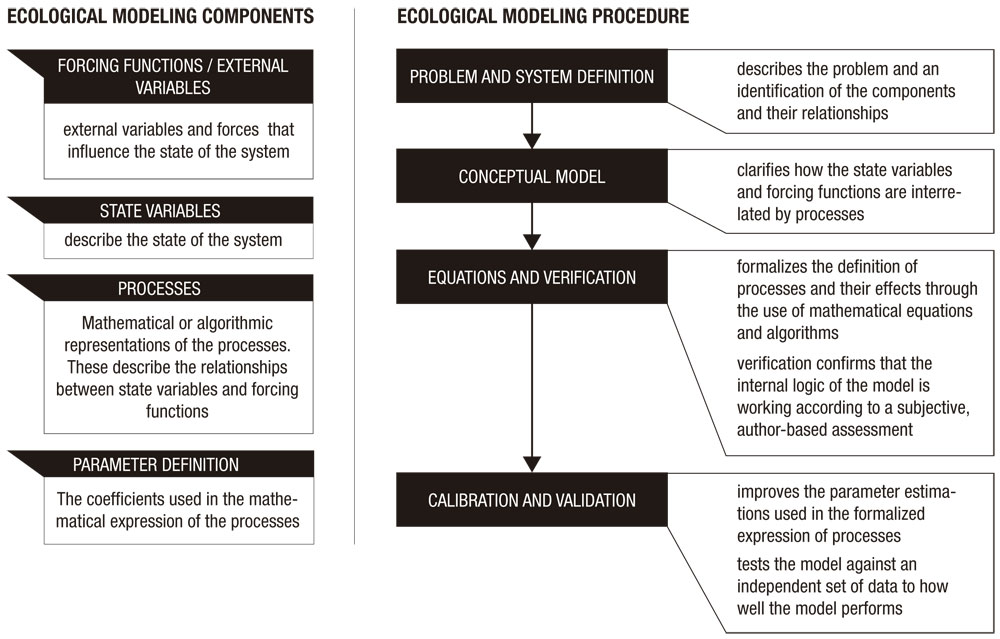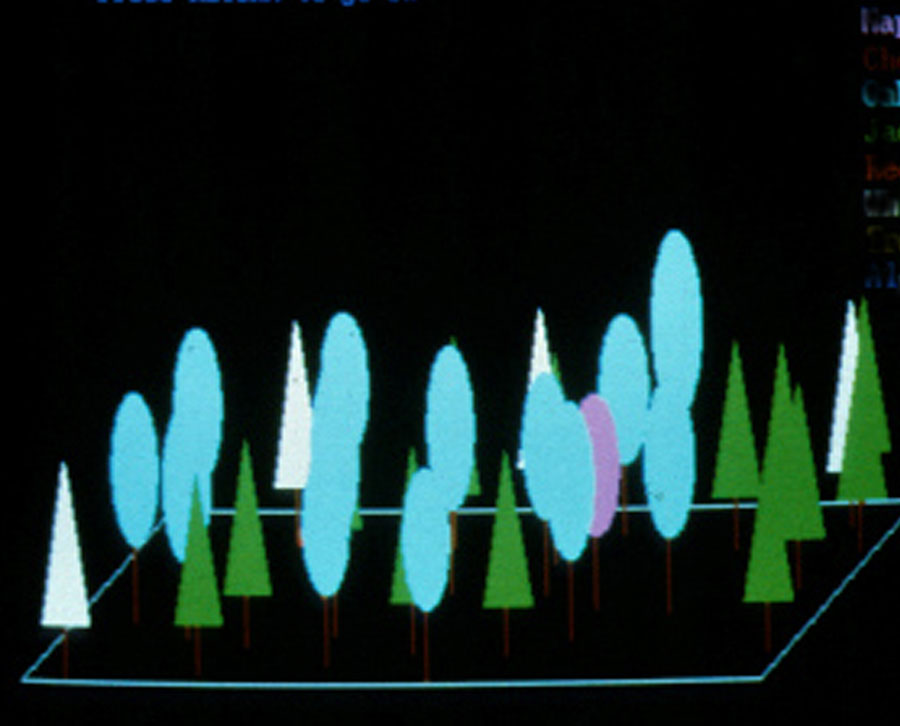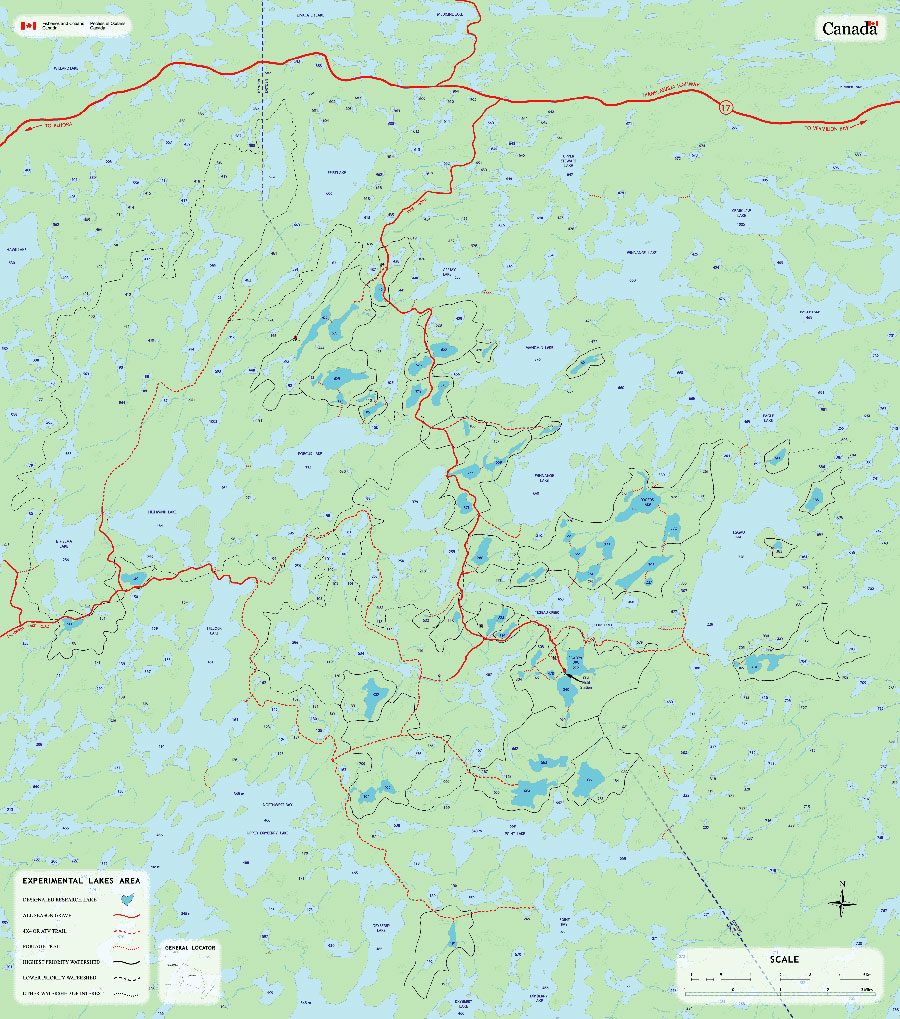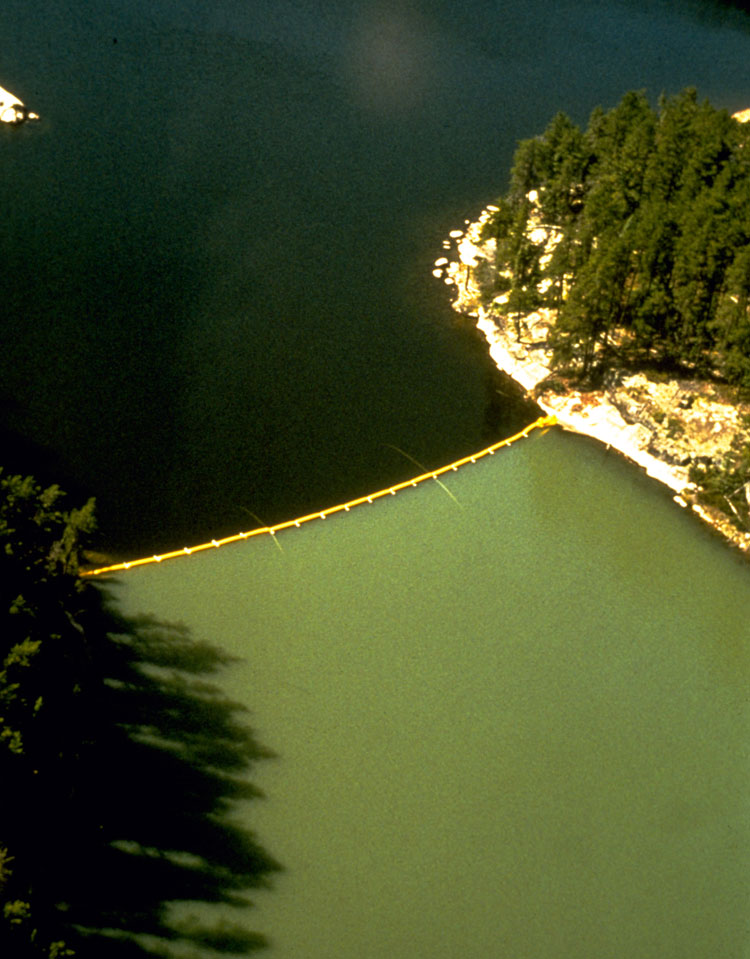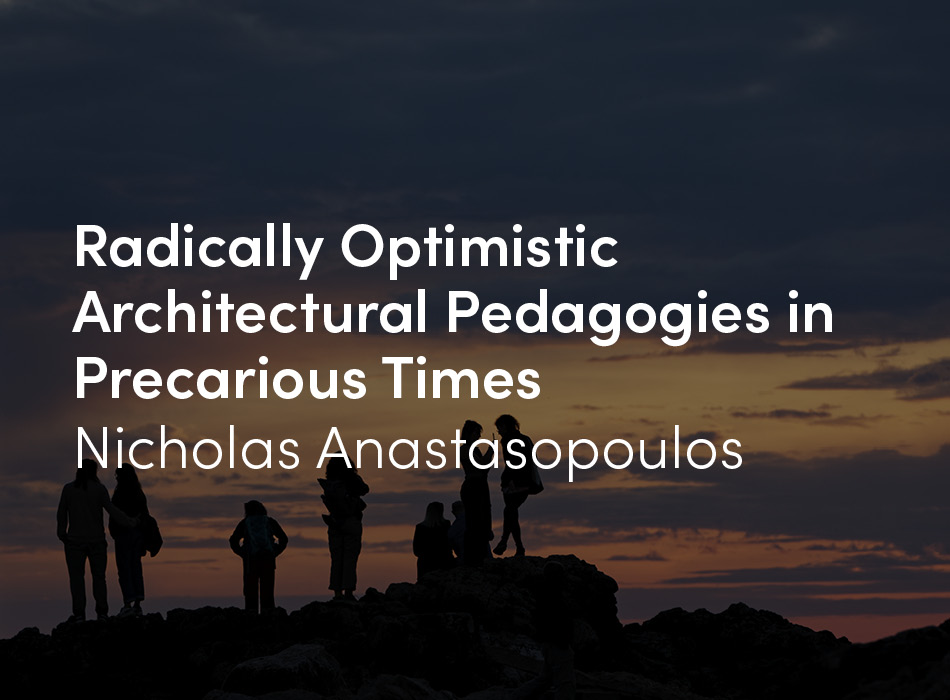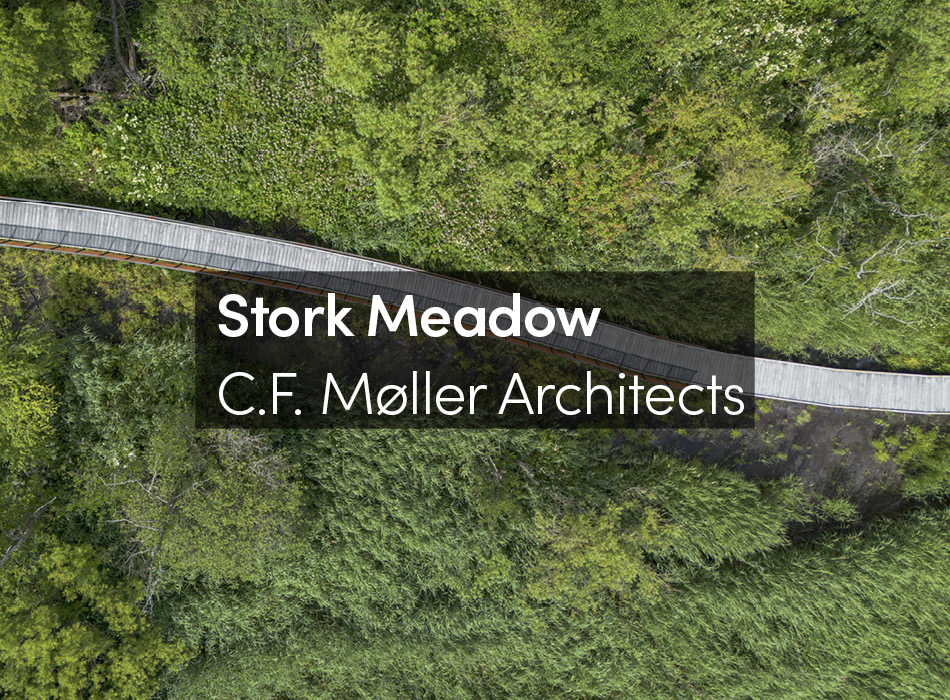As we understand an extreme as a position away from a balanced, predictable and familiar centre, it is reasonable to examine a condition of extreme as it relates to complexity. In particular, if complexity is understood as a characterization of the degree to which something is composed of many parts, the degree to which those parts are interrelated and, further, the sophistication of the processes that define these very relationships, it is possible to imagine moving towards an extreme complexity.
Acknowledging and managing increasingly higher levels of complexity within a design context is nothing new. Associative, or parametric, modeling is a well-established practice that places an interest in building complex, interrelated representations at the forefront. At one end of disciplinary activities, Building Information Modeling (BIM) combines physical and functional considerations of a design process by integrating spatial, material and performance-based representations in a single model. During the more exploratory phases of work, algorithmically generated forms and visualizations, whether through visual or procedural coding, have contributed to the creation of a variety of formal and organizational strategies. These, along with many others, have become reasonably accessible tools and techniques through which designers can confront complexity in their work.
Parallel to these developments focusing on the building scale, an effort within architecture, paired with the associated fields of landscape architecture and urban design, has also been interested in leveraging complexity, albeit at an entirely different scale. Specifically, these practitioners and researchers have become increasingly interested in developing ecologically-informed design strategies. These efforts are a revival and expansion of the inclusive design strategies originally outlined in such seminal texts as Ian McHarg’s Design with Nature [1]; and as such, these contemporary projects acknowledge the lessons acquired from ecological science, presenting natural systems as dynamic, interconnected, resilient, complex and indeterminate, and attempt to position strategies for design within this flux.
In particular, the discourse surrounding Landscape Urbanism, and its descendant discourse Ecological Urbanism, proposes that design should not set itself in opposition to natural processes, but instead be inclusive of and responsive to natural systems, operating on principles of synthesis and encouraging hybridity across natural and engineered systems. [2],[3] In particular, Ecological Urbanism advocates a design practice wherein the project is seen to both affect and be affected by an inclusive set of environmental, social and economic factors.
Both in terms of how projects are identified and defined, and then how they are explored with an expanding set of tools, this discourse has contributed greatly to the first generation of tools that designers use to confront complexity. Seminal contributors are as follows: Keller Easterling pursues a description and analysis of environments generated more by systems of forces and flows – climatic, economic, social and political – than by willful formal acts. [4] Along similar lines, Alan Berger positions Systemic Design as a design framework which seeks to interact with environmental, economic and programmatic stresses across regional territories. [5] Berger claims that a systems-oriented relationship with design will lead to more intelligent project scenarios to address the most pressing challenges of our time. Although earlier in time, James Corner’s pivotal landscape projects proposing the transformation of site through an ecologically informed methodology still stand strong as archetypes in this pursuit. The proposals, such as Fresh Kills Park and Downsview Park, are conceived as a result of intensive mappings of existing and proposed conditions and agents. These works are supported by Corner’s writings on designing with process in time [6]: highlighting the proposed transformations as dynamic processes characterized by terms like fluidity, feedback, and non-linearity. By privileging these over such qualities as stability, predictability or rationality, Corner positions ecologically-informed concepts as essential to the designer.
Given the concerns of these and other projects, the appropriation of the term ecology is generally appropriate. Contemporary definitions of ecology foreground the importance of natural processes, defining the discipline as the study of “patterns and processes influencing the distribution of organisms, the interactions among organisms, and the interactions between organisms and the transformation and flux of energy, matter, and information”. [7] In such a definition, ecology is not simply a synonym for the environment, nor does it necessarily suggest a ‘green’ agenda; instead it emphasizes a system-based holistic perspective of a given context. While this definition loosely supports the use of the term, the degree to which the principles of ecology are in fact pursued within a design practice and the opportunities found in its appropriation, are mostly left unarticulated.
Granted, such projects, some featured in this very volume [8], have advanced a generation of tools and techniques, such as spatial maps, timelines, organizational diagrams and other forms of visualizations to become potent drivers in the pursuit of presenting, synthesizing and mobilizing ecologically-informed design interventions. Yet, given the discussion surrounding complexity and extremes, it appears as though a limit is being approached. These drivers, for the most part, are presented as-is, with little explication of their validity, assumptions and limits. Consequently, they are, again for the most part, bounded by the limits of metaphor; the authors assert the presence and agencies associated with Ecological Urbanism’s suite of concerns while often stopping short of direct confrontation with the actual complexity represented.
That this relationship between design and ecology is based mostly on metaphor is not surprising, as metaphor is a likely point-of-entry for an appropriating discipline into the world of a specific science. [9] While metaphor is a useful communication tool across disciplines, as it can succinctly and accessibly summarize a mind frame, a general approach, a set of values, or a concept, it is critical to remember that there is a “rich, technical world” that stands behind each metaphor. [10] In seeking to apply principles of ecological science, moving beyond metaphor and confronting the details of the technical richness is critical, particularly in a pursuit related to confronting complexity in a more engaged way. This sense is even supported in the foundational text Ecological Urbanism, where, in his piece entitled The Agency of Ecology, Chris Reed calls “for a fuller, more engaged approach to the ecological aspect of ecological urbanism”. [11] [12]
Ecological Modelling: Components and Procedures.
Adapted from Jørgensen, S E. 2009. Ecological Modelling: An introduction. Boston: WIT Press
In search of a higher degree of engagement, a more complete unpacking of the tools and techniques utilized by the ecological sciences is necessary. The development of a robust modeling procedure, and the role of fieldwork and its recording, and the foregrounding of a process-oriented perspective, stand out as three mechanisms by which design can engage more directly with some of the ‘rich technical world’ of the ecological sciences.
Before examining each of these in more detail, it is worth pausing to consider that successfully appropriating these central concerns of the ecological sciences into a design context goes hand-in-hand with a more complete adaptation of computational tools and strategies.
To truly confront and mobilize the complexities of sites exposed by an inclusive, dynamic, systems-oriented design approach is deeply challenging. The territories exposed by an analysis focusing on dynamic processes dealing with forces, flows, interactions and feedback loops quickly grow in complexity, resulting in massively parallel micro-worlds. [13] Our human ability to manage these increasingly complex networks of causal relationships is limited, and complexity can become overwhelming and disabling for the designer. Abstraction can be used to make a problem more manageable through a process of reduction; but such filtering, efficacious as it may be, runs the risk, especially in an ecologically-oriented context, of losing the essence of the problem at hand. It is this liminal boundary that reinforces our dependence on metaphor and is resistant to designers’ fuller embrace of complexity. Fortunately, the computational designer, in principle, is able to abstract the problem for initial action and then, relying on the machine as an automatic accountant, incrementally rebuild the lost complexity, thereby allowing the original richness of the problem space to be maintained. In the context of ecologically-informed design, the challenge for designers is not just how to develop these tools but how to expand their conception beyond formal concerns, to capture the process-oriented attributes of the problems they confront.
A Robust Modeling Framework
The need and general intentions of modeling are shared by both design and ecological sciences. A model is a simplified representation of a complex phenomenon. As mentioned above, abstraction through modeling highlights relevant aspects of a condition so as to support a focused action by the model’s user. While models are used within both disciplines as a means of abstracting complex conditions, ecological modeling is a more mature practice with respect to addressing the inter-connections and dynamics associated with the subject complex phenomenon. Ecological modeling places emphasis on processes and playing out their dynamics in time and space by defining states of system components through the processes that affect them. [14] Contrarily, traditional design models propose and represent desired forms and the interactions that should be. [15]
Ecological modeling as a clear sub discipline of ecology appeared in the early 1970s as a result of the development of models tackling increasingly sophisticated problems – a capacity closely linked to the emerging potentials and prevalence of computation. The maturity of the discipline was marked by the identification of a stepwise modeling procedure, which includes identifying the primary model components and considering not only the model’s formation but also an evaluation of its usefulness [Figure 1]. [16] Computational Ecology is an already established field examining these challenges directly. Developed in response to ecology’s inherent interest in understanding complex systems, their transient qualities, and the challenges of creating replicable experiments under controlled conditions in the field, ecological modeling has become an increasingly powerful research tool to understand, and even predict, the dynamics of ecosystems. [17], [18]
Thus, ecological models are charged with additional essential attributes, which allow them to perform as the more precise instruments demanded by a systems-based perspective. Briefly, these expanded criteria require that authors of a model make explicit its purpose, its referenced collection of ideas and theoretical frameworks, its assumptions, its limits, and its behavior, as well as how its outputs can be used and interpreted. [19], [20] Key to all of this is the clarity by which the assumptions are outlined. In fact, some ecologists consider a model simply as an explicit set of assumptions working together to gain insights into the cause-and-effect of dynamic processes. [21]
JABOWA model. Images courtesy of Daniel Botkin
One of these early models, with an updated version still in use today, is the JABOWA Forest dynamics model developed in 1970 by Daniel B. Botkin, James F. Janak and James R. Wallis, then of the IBM Thomas J. Watson Research Center [Figure 2]. The JABOWA model was the first successful application of digital computer simulation to a complex natural ecosystem. It allows users to simulate forest growth by adjusting environmental inputs such as location, elevation, soil, rainfall and external factors such as logging practices and climate change forces. The development of this model marked a switch from a time where concepts and ideas were not only expressed as static mathematical equations but were also mobilized into a research tool to simulate and investigate complex systems. [22] The development of this model follows closely the ecological modeling framework outlined above where the model is understood as a threefold assembly: the conceptual model, defining model context and philosophy; the technical definition, describing the equations and algorithms that drive the model; and the application, which describe the appropriate uses for the model.
Although ecological science has committed to the development of a robust procedure for developing, using, and evaluating its models, it is still very much debated whether ecologists can explain the complexity of the systems with more sophisticated modeling techniques and increasing computer power, or, if the complexity of the subject systems is too complex to be simplified. [23] This ongoing debate has ensured that field-based experiments and collecting long-term background records remain active parts of ecology’s work.
Experimental Lakes Area, Kenora District, Ontario, Canada.
This 30 km x 30km area highlights designated research lakes and selected roads, trails, and watersheds.
Image by: Fiseries and Oceans Canada / Pêches et Océans Canada
Fieldwork and Sharing Data
Ecological fieldwork can also be extreme. Canada’s Experimental Lakes Area (ELA) is a network of lakes, located in remote Northern Ontario, dedicated to bold ecological manipulations since 1967. The area, remote enough to be pristine yet reasonably accessible only 300 kilometers east of Winnipeg, consists of 58 lakes in 17 watersheds spread over 1000 square kilometers [Figure 3]. Through the over 50 massive experiments undertaken at the site throughout its history, the work at ELA ushered in an era of what researchers call “extreme science”. [24] Because of the combination of location and scale, the projects carried out on site are among a shortlist in the world that can be considered as whole ecosystem experiments. During its 40 years of operation the experiments have manipulated food webs, examined effects of habitat destruction, and studied the impact of caged aquaculture just to name a few. [25] Among the more famous experiment conducted at the site confirmed phosphorous from detergents as the cause of algae blooms and provided compelling evidence of the harmful effects of acid rain [Figure 4].
Extreme Science. A key experiment on ELA’s Lake 226 shows the relationship between phosphorous-based fertilizer and the growth algae blooms. (1979).
The role that fieldwork plays in the context of ecologically-informed methods is twofold. On the one hand, the fieldwork provides base data from which to derive the numerically defined rules and standards that will drive the underlying logic of subsequent ecological models. On the other hand, fieldwork offers ecologists a mechanism by which to test and validate their modeling approaches. Conversely, modeling can contribute to fieldwork in its own right. By developing increasingly more reliable models, ecologists are effectively able to test and calibrate their experiments before going into the field. While not replacing the value of the fieldwork, the test simulations help researchers effectively design the experiments they plan to conduct thereby controlling costs and required resources. Thus, computer models can significantly enhance our ability to address the issues of cause-and-effect relations on temporal and spatial scales. [26] It’s not surprising that many ecologists recognize that modeling and fieldwork have their respective strengths and weaknesses and that a productive relationship to the complex problems faced by the science requires a variety of coordinated approaches.
Process-oriented Perspective
Ecologist Mary Cadenasso, has offered work presenting analytical fieldwork strategies that expand ecologically-informed design approaches. While not confronting the issues of ecologically-informed design modeling directly, Cadenasso does foreground a process-oriented, functional perspective of a context. Specifically, HERCULES (High Ecological Resolution Classification for Urban Landscapes and Environmental Systems), supports methods for recognizing, analyzing, representing and designing ecological heterogeneity. [27]
The system is presented as an alternative to existing methods used for documenting urban heterogeneity, which is typically accomplished through a functional classification system highlighting various land uses, such as residential, commercial, industrial, and so on. In this regard, the HERCULES system is focused on land cover rather than land use. Land use describes the socio-economic function of a landscape fragment and, from an ecological perspective, such classification is less useful as groups that exhibit similarities in land use may have entirely different ecological functioning. The example used by the authors of the system points to ‘residential’ as a common land use class and goes on to explain that “all residential land is not structurally the same due to the fine scale variation in building density, vegetation and the amount of impervious surfaces”. [28] Such information, lost in the land use-centered approach, is considered potentially relevant in the understanding of ecological functioning. [29] Contrarily, a land cover approach foregrounds elements that influence ecological processes by referring to the physical pattern of biophysical structures present across a landscape.
The HERCULES system suggests a paradigm shift in how designers recognize, analyze and represent urban conditions. The tool foregrounds structural heterogeneity as key property in understanding urban conditions from an ecological perspective and keeps track of this property across a variety of scales. This shift demonstrates the potentials of transdisciplinary approaches to design. The tool, developed by an ecologist, recognizes the urban designer as being an influential agent in determining the spatial heterogeneity of urban systems and contributes an additional lens through which the designer understands site by biasing a reading of the site that foregrounds ecological functioning.
It is reasonable to assume that the availability of such a tool could support the expanding, inclusive set of interests identified by the ecologically-informed design approach. However, this classification system is still mostly about visualizing an existing or proposed condition. The functions and processes causing the changes in land cover are absent from this representation of the landscape.
Conclusion
Speculating on how this pairing of such analytical work could combine with modeling strategies in an ecologically-informed design context is seen as a worthwhile endeavor. Can an expansion of tools and approaches allow for a more integrated and committed relationship to the investigation of complex spatial/temporal systems in a design context? The challenge implied by this text is by no means trivial. Just as the advancement of ecological models marked a transition away from static mathematical equations towards dynamic research tools for investigating complex systems, the call here asks if such a switch is possible with respect to the current suite of approaches used in work associated with the Landscape Urbanism discourse.
In addition to acknowledging and appropriating the mechanisms described above, a collective effort is undoubtedly required as the sharing of existing knowledge and data is an essential. While early explorations will likely happen with over-simplified, over-abstracted systems, it should be hoped that as these dynamic tools are developed, they will incrementally grow in complexity.
A key element of ecology’s computational modeling activity is the expanded set of reference materials and verified, by way of fieldwork, standards that are used by the community for specifying sub-components within increasingly complex models. [30] Within urban studies, efforts to create and expand such scientific, numerically-based standards for model components are appearing within an emerging discourse entitled the “science of the city”. [31] This work will undoubtedly be useful for design in this context however, strategies for transferring and using the assembled knowledge in a design-focused domain remain a research frontier.
Thus, designers interested in building such ecologically-oriented approaches to design need a way to collectively build, share and validate the standards and data that will support the inner workings of the tools they develop. The ecological sciences has the ECOBAS project, an online database and system for documentation of mathematical descriptions of ecological processes. The system offers convenient access to information, complete and precise documentation of mathematical formulations and a standardization of documentation.
While the JABOWA Forestry model has inspired development of numerous new models for a variety of ecosystems around the world, it is motivating to note that, at its conception, it was driven by as much an interest in the computational potential of managing a complex system as it was in the specific ecological functioning of the forest in question. [32] It is in such spirit that this provocation to expand design-based modeling practices is considered. The goal in this early speculation is not to recreate the complexity right away but to begin speculating on how to develop a similarly rigorous procedure for ecologically-informed design modeling whereby designers are more prepared to venture into the extreme.





